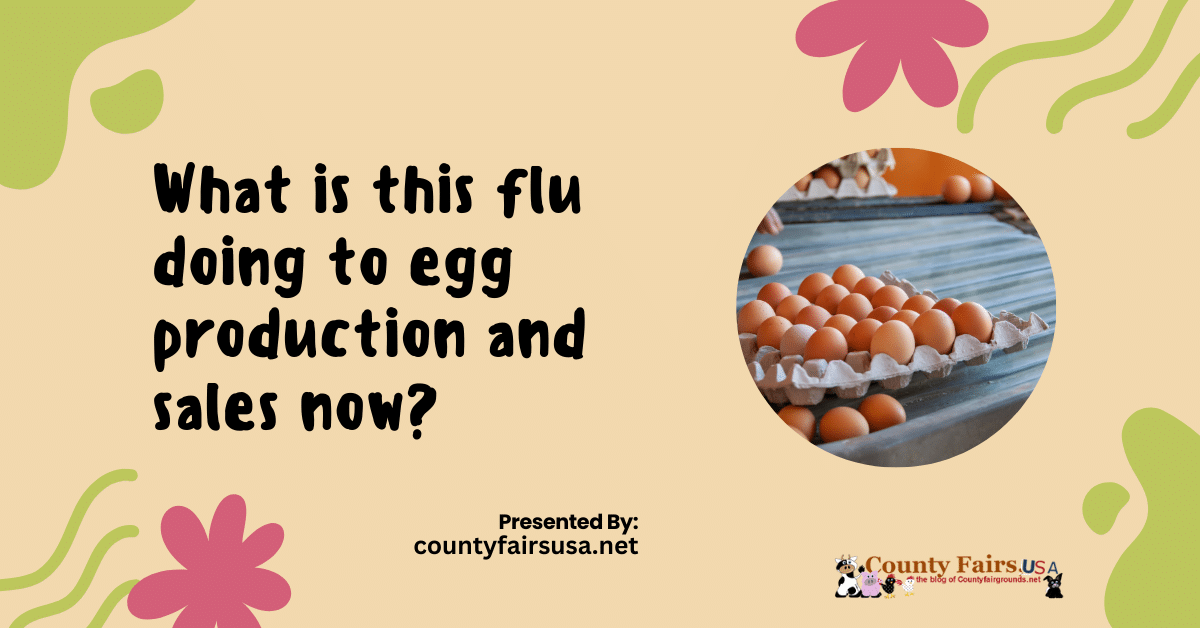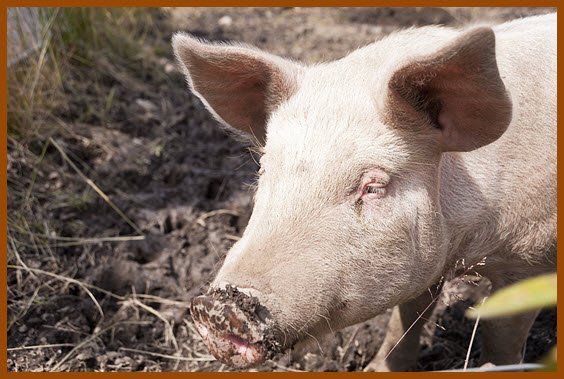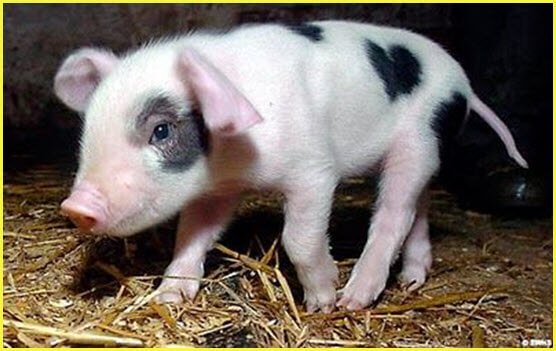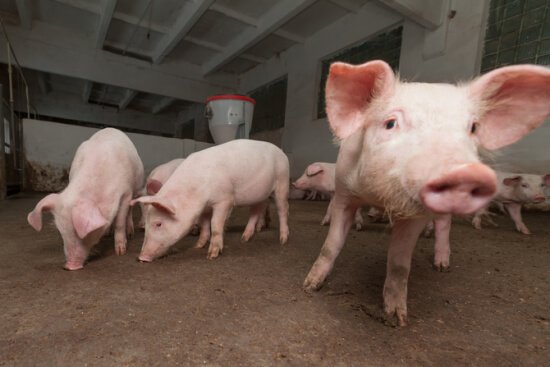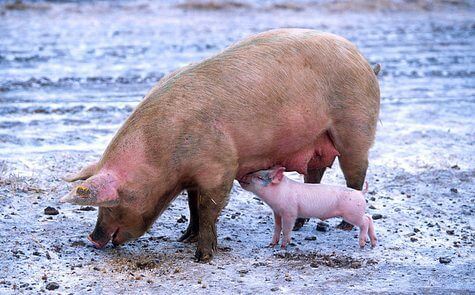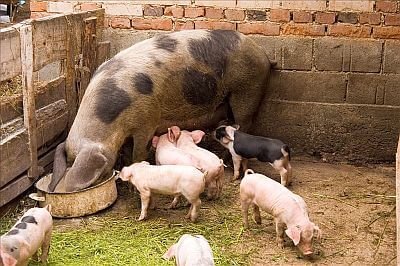What is this flu doing to egg production and sales now?
The recent surge in avian influenza, commonly known as bird flu, has significantly disrupted egg production and sales across the globe. This article delves into the current impact of the flu on the egg industry, examining the challenges faced by producers and consumers alike. Understanding the Current Flu Outbreak The ongoing outbreak is primarily attributed to the highly pathogenic avian influenza (HPAI) strain H5N1. Since its detection in 2020, this strain has spread extensively among wild birds and poultry, leading to widespread culling to contain the virus. As of February 2025, over 157 million poultry have been affected in the United States alone, spanning 51 jurisdictions. cdc.gov Impact on Egg Production The flu's repercussions on egg production are profound: Mass Culling: To prevent the virus's spread, infected and at-risk flocks are culled, drastically reducing the number of laying hens. Supply Chain Disruptions: The sudden decrease in egg-laying hens leads to immediate shortages in the supply chain. Farm Closures: Infected farms often face temporary shutdowns for decontamination, further halting production. These factors culminate in a diminished egg supply, unable to meet consumer demand. Consequences for Egg Prices and Sales The reduced supply has led to notable economic impacts: Price Inflation: Egg prices have surged dramatically. In December 2024, the average price for a dozen Grade A large eggs reached $4.15, up from $2.52 in January 2024—a nearly 65% increase. time.com Consumer Behavior: Shoppers face empty shelves and purchase limits in various grocery chains, including Trader Joe’s, Costco, and Sprouts. Some retailers have implemented surcharges to manage demand. time.com Global Ripple Effects: The crisis isn't confined to the U.S. Australia, for instance, continues to experience prolonged egg shortages, with supermarkets enforcing purchase limits months after initial outbreaks. businessinsider.com Industry and Government Responses To mitigate the crisis, various measures have been implemented: Biosecurity Enhancements: Farmers are adopting stringent biosecurity protocols to prevent virus introduction and spread. Market Interventions: Authorities have temporarily closed live poultry markets in high-risk areas, such as New York City, to curb transmission. apnews.com Monitoring and Surveillance: Innovative methods, like wastewater testing on farms, are being explored to detect early signs of the virus and prevent outbreaks. time.com Long-Term Implications for the Egg Market The path to recovery remains uncertain: Extended Shortages: Experts predict that egg prices will remain elevated, with some estimates suggesting a potential 20% increase by the end of 2025. nypost.com Production Challenges: Rebuilding flocks is a time-consuming process, often taking several months before new hens begin laying eggs. Global Concerns: The virus's spread [...]

